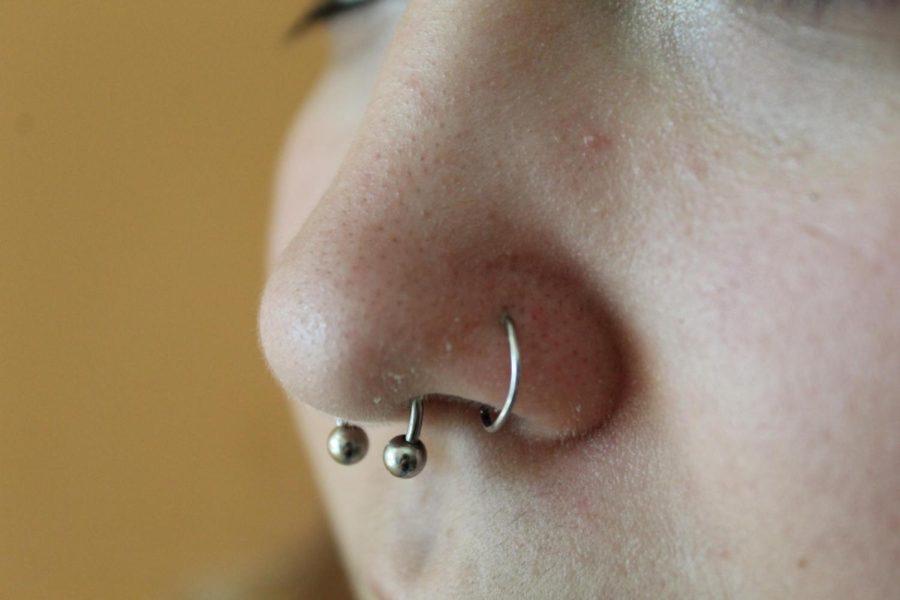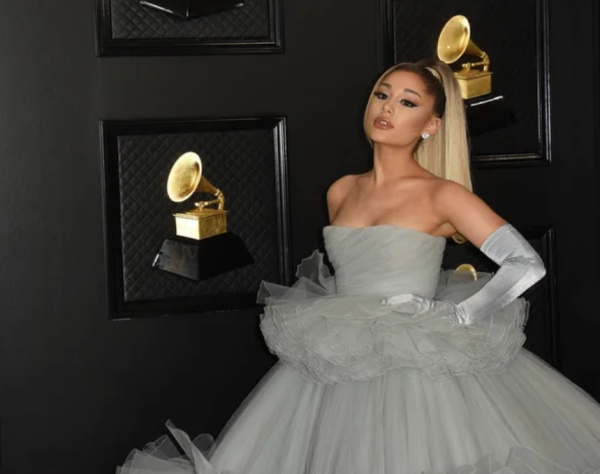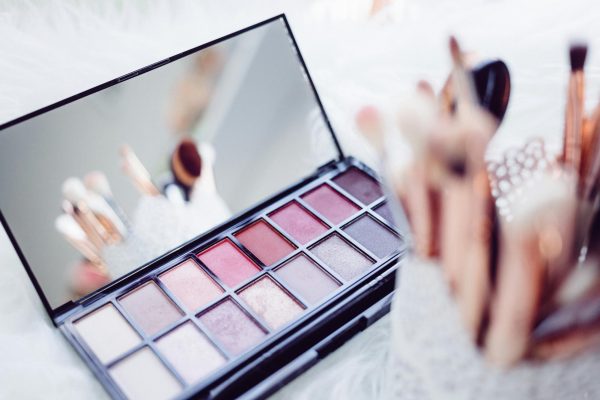Septum piercings have powerful meanings behind them
Septum piercings are often looked over, but they have a lot of significant history behind them
Kaliegh Beamish’s (‘23) piercings represent who she is in many ways.
April 4, 2022
As teenagers, students are constantly exposed to diversity in style — in clothing, hair, tattoos, and piercings. Each of these personal choices connects back to us, demonstrating the way we choose to be perceived by others.
All these elements of style are a part of history and can hold a lot of meaning behind them. Piercings, for example, are a relevant accessory in many cultures.
The septum piercing started in the Kangi tribes of New Guinea. It traces back to the Native American Indians, as well as the Bengalis. It is the second most common among primitive tribes, the first being ear piercings.
These septum piercings were not traditionally only the dainty rings, but also different jewelry called “Otsj” which were larger, thick bone plugs. They wore this type of jewelry to flatten their noses. In their culture, this was seen as desirable and attractive.
Nowadays, piercings can hold multiple meanings. When it comes to septum piercings especially, which are arguably less common than other piercings, they can highlight a person’s sense of individuality.
Septum piercings have become more popular in recent years; they used to be seen significantly less frequently.
Originating from Indians, other cultures took upon the septum piercing to show significant meaning. It might be more of a fashion statement now, but they originally belonged to ancient culture. It was a way of life, and it now respects the history behind them.













Jordan • Apr 22, 2022 at 10:57 am
It’s really cool to know some background on septums, I have one and I love it a lot. Knowing some of the culture behind it now makes me love it even more.